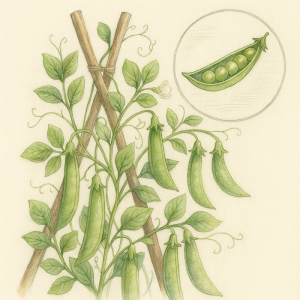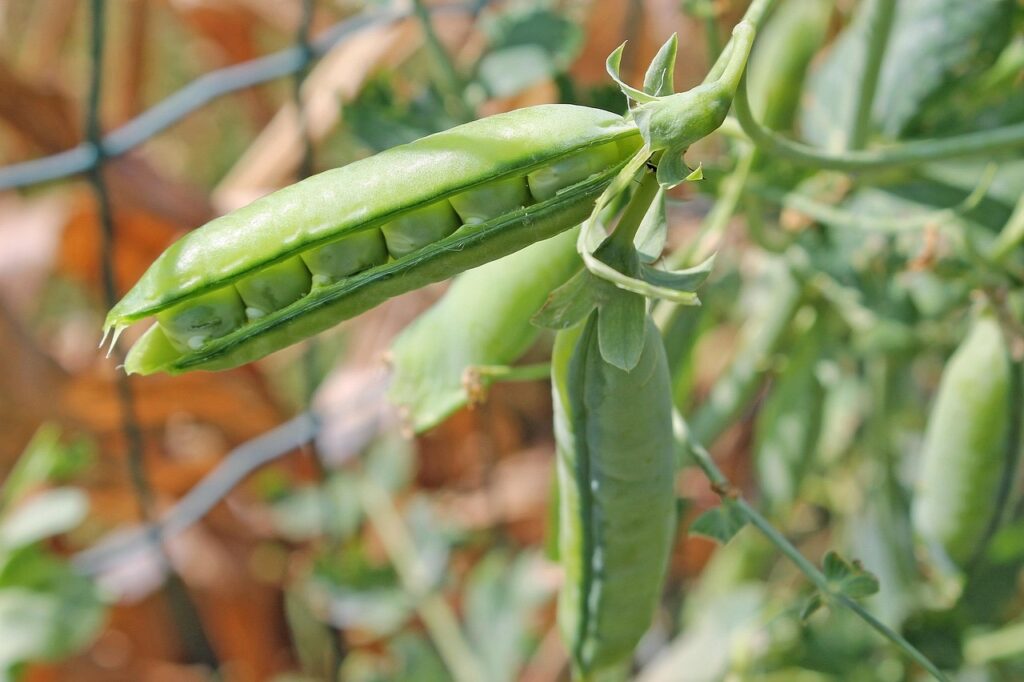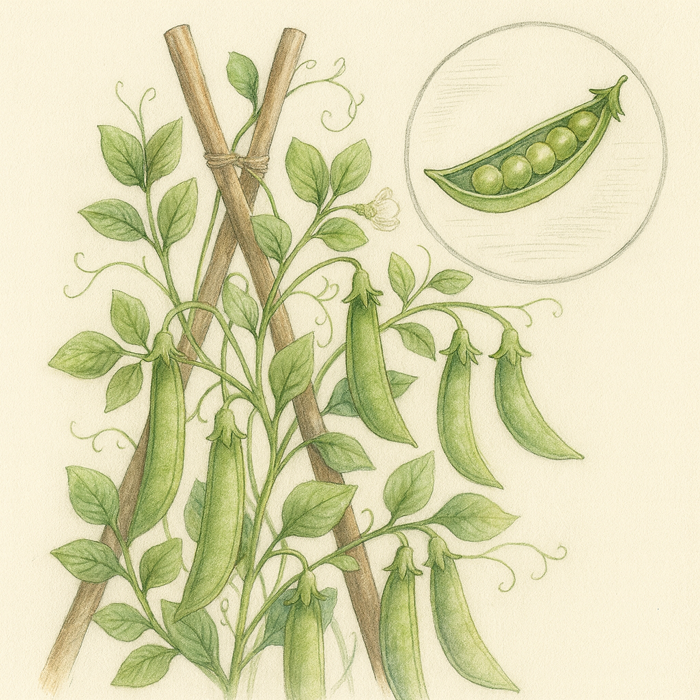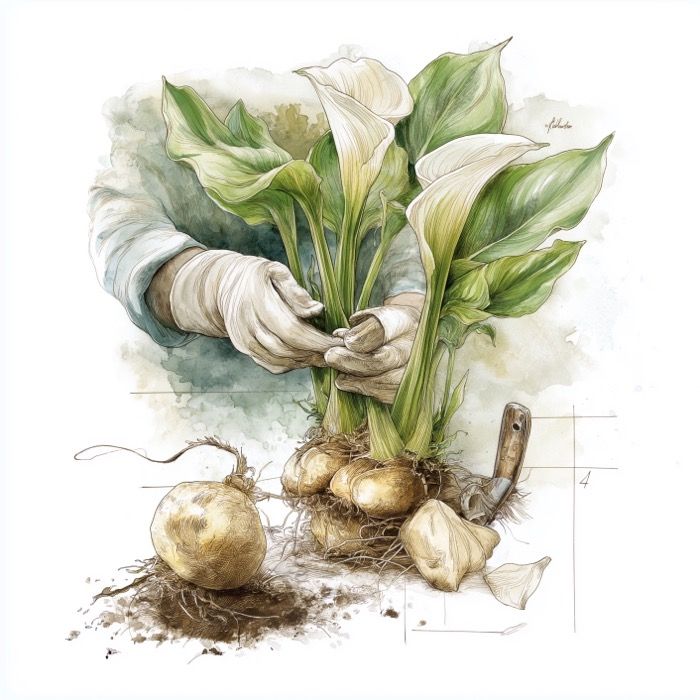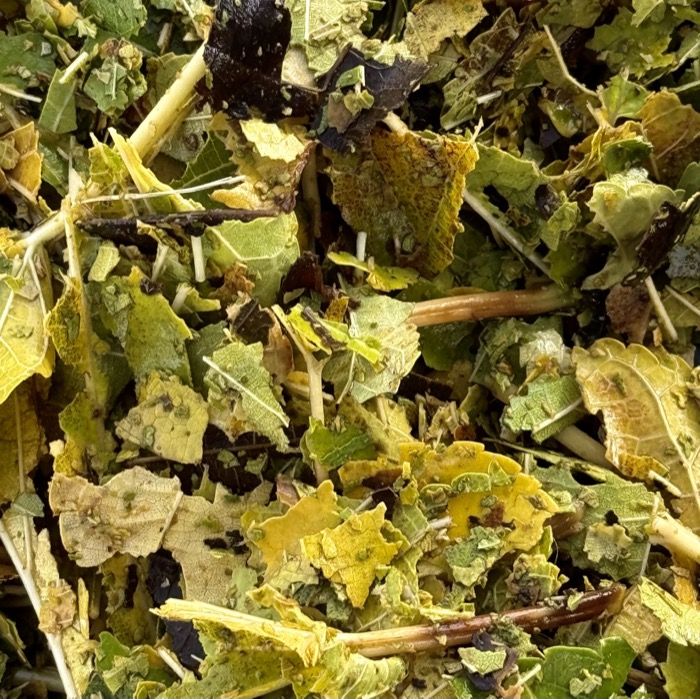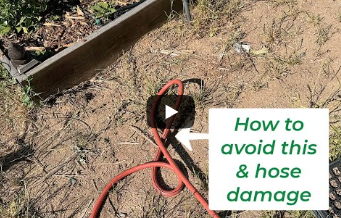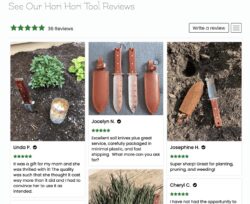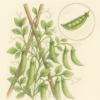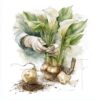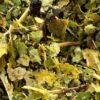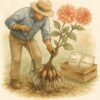How to Grow Peas: The Ultimate Beginner’s Guide for Sweet, Crisp Harvests
Nothing beats the sweet, crisp crunch of homegrown peas straight from the vine. Whether you’re growing sugar snap peas, snow peas, or classic shelling peas, these cool-season crops are one of the easiest and most rewarding vegetables for beginners and seasoned gardeners alike.
In this complete guide, you’ll learn how to grow peas from seed to harvest — including the best varieties, ideal planting times, trellising techniques, pest control, and succession planting for continuous harvests.
Table of Contents
- Best Pea Varieties to Grow
- When to Plant Peas (By Zone & Season)
- Soil Preparation & Inoculation
- How to Plant Peas Step-by-Step
- Trellising & Support Systems
- Watering, Fertilizing & Pest Control
- Succession Planting for Non-Stop Harvests
- When & How to Harvest Peas
- Peas Growing FAQ
Best Pea Varieties to Grow
Selecting the right pea variety is the first step to a bountiful harvest. Peas come in three main types—each offering unique flavors, textures, and uses in the kitchen. From crunchy edible pods to tender green pearls, there’s a pea for every palate and garden space.
| Type | Days to Harvest | Best For | Top Cultivars |
| Sugar Snap | 60–70 | Crunchy edible pods | ‘Sugar Ann’ (bush), ‘Super Sugar Snap’ (pole) |
| Snow Peas | 55–65 | Flat pods for stir-fries | ‘Oregon Giant’, ‘Golden Sweet’ |
| Shelling Peas | 60–75 | Sweet peas inside tough pods | ‘Green Arrow’, ‘Wando’ (heat-tolerant) |
Pro Tip – Pick bush varieties for containers or small spaces; go pole for max yield with vertical support.
Master Gardener Tip – Always choose disease-resistant cultivars like ‘Super Sugar Snap’ (PMR) to reduce powdery mildew risk in humid climates.
Fun Fact – The original ‘Sugar Snap’ pea was bred in 1979 and won the All-America Selections Gold Medal—the only vegetable to ever earn this honor.
When to Plant Peas (By Zone & Season)
Timing is everything with peas. These cool-season crops thrive in spring and fall, but planting too early or too late can lead to poor germination or heat stress. Understanding your USDA zone and local frost dates ensures sweet, tender pods instead of stunted vines.
| USDA Zone | Spring Planting | Fall Planting |
| 3–5 | 4–6 weeks before last frost | Not recommended |
| 6–8 | 2–4 weeks before last frost | Mid-July to mid-August |
| 9–11 | Late fall to early winter | N/A (winter crop) |
Fall Planting Hack – In zones 6+, sow 6–8 weeks before first frost for a bonus harvest.
Master Gardener Tip – Use a soil thermometer—peas germinate best at 40–75°F. Below 40°F, seeds rot; above 85°F, they fail to sprout.
Fun Fact – Peas were one of the first crops domesticated—archaeologists found 9,500-year-old pea seeds in Thailand.
Soil Preparation & Inoculation
Healthy soil equals healthy peas. As nitrogen-fixing legumes, peas improve your garden over time, but they need loose, fertile, well-drained soil to establish strong roots and vigorous vines from the start.
- pH – 6.0–7.0 (neutral)
- Amendments – Mix in 2–3 inches of compost
- Texture – Loose, well-draining — raised beds are ideal
- Inoculant – Coat seeds with pea inoculant (rhizobia) to boost nitrogen fixation
Master Gardener Tip – Test soil pH with a digital meter—if below 6.0, add dolomitic lime 2–3 weeks before planting.
Fun Fact – One pea plant can fix up to 200 lbs of nitrogen per acre—making it a natural fertilizer for heavy feeders like tomatoes.
How to Plant Peas Step-by-Step
Planting peas is simple, but attention to depth, spacing, and support sets the stage for a heavy harvest. Follow this proven method for strong germination and climbing vines.
- Soak seeds 4–6 hours (optional, speeds germination)
- Sow 1–1.5″ deep, 2–3″ apart in rows 18–24″ apart
- Use a dibbler for perfect spacing
- Install trellis at planting time
Container Tip – Use a 10-gallon pot with 6–8 bush pea plants and a tomato cage.
Master Gardener Tip – Plant in double rows 6″ apart—doubles yield in the same footprint.
Fun Fact – Peas were a favorite of Thomas Jefferson, who grew 30+ varieties at Monticello and held annual “pea contests.”
Trellising & Support Systems
Without support, pole peas sprawl and rot. A sturdy trellis not only prevents disease but also maximizes sunlight exposure and makes harvesting a breeze.
| Method | Materials | Cost |
| Twig Teepee | Branches + twine | Free |
| Chicken Wire Panel | Wire + stakes | $15–20 |
| Bamboo + Netting | Bamboo poles + pea netting | $10–15 |
| Repurposed Fence | Old fencing + zip ties | Free |
Best Budget Option – Use pruned apple branches as natural supports.
Master Gardener Tip – Install trellises before planting—disturbing roots later stresses vines.
Fun Fact – In Victorian England, pea sticks (hazel branches) were sold by the bundle—still the most eco-friendly support today.
Watering, Fertilizing & Pest Control
Peas are low-maintenance, but consistent moisture and minimal feeding keep them producing sweet pods. Overwatering or excess nitrogen leads to lush foliage and few peas.
| Stage | Water | Fertilizer |
| Germination | Keep soil moist | None |
| Flowering/Podding | 1″ per week | Fish emulsion (5-1-1) every 2 weeks |
Avoid overhead watering → reduces powdery mildew risk.
Common Pests & Organic Controls
| Problem | Symptoms | Organic Fix |
| Aphids | Curled leaves, sticky residue | Neem oil spray or ladybugs |
| Powdery Mildew | White coating on leaves | Baking soda spray (1 tbsp + soap/gal) |
| Pea Weevils | Notched leaves | Row covers until flowering |
Master Gardener Tip – Apply neem oil at dusk—it breaks down in sunlight and harms fewer beneficial insects.
Fun Fact – Ladybugs can eat 50 aphids a day—a single release can protect an entire pea patch.
Succession Planting for Non-Stop Harvests
Why settle for one harvest when you can enjoy fresh peas for months? Succession planting staggers maturity for a continuous supply of tender pods.
- Sow every 10–14 days in spring
- Use heat-tolerant varieties like ‘Wando’ for late plantings
- 3 successions = 2+ months of peas
Master Gardener Tip – Mark planting dates on a garden calendar—consistency is key to avoiding gaps.
Fun Fact – Commercial pea farmers use succession planting every 3 days to supply grocery stores year-round.
When & How to Harvest Peas
Harvest timing determines sweetness and texture. Pick too early, and pods are bland; too late, and peas turn starchy. Daily checks ensure peak flavor.
| Type | Harvest Stage | Storage |
| Snow Peas | Flat pods, peas just forming | Use within 3 days |
| Sugar Snap | Plump but not bulging | Refrigerate 1 week |
| Shelling | Pods swollen, peas round | Shell immediately |
Taste Test – Snap a pod — if it cracks cleanly, it’s ready.
Master Gardener Tip – Harvest in the cool morning—pods stay crisper and sweeter.
Fun Fact – The world record for pea pod length is 9.5 inches—grown in England in 2022.
Companion Planting with Peas
Smart plant pairings boost growth, deter pests, and maximize space. Peas play well with many crops but clash with a few.
Good Companions – Carrots, radishes, lettuce
Bad Companions – Onions, garlic, potatoes
Pro Move – Plant radishes in pea rows — they loosen soil and mark rows.
Master Gardener Tip – Grow nasturtiums at the base of trellises—they attract aphids away from peas.
Fun Fact – Peas and carrots are classic companions because peas fix nitrogen that carrots love.
Container Growing Peas (Urban Balcony Hack)
No yard? No problem. Dwarf bush peas thrive in pots, delivering fresh pods from balconies, patios, and even windowsills.
- Pot – 10–15 gallon with drainage
- Variety – ‘Sugar Ann’ or ‘Tom Thumb’
- Support – Tomato cage or bamboo tripod
- Soil – 50% potting mix + 50% compost
Master Gardener Tip – Add 1 inch of mulch (straw or bark) to retain moisture in hot weather.
Fun Fact – ‘Tom Thumb’ peas grow just 8 inches tall—perfect for a windowsill salad garden.
Peas Growing FAQ
Q – Can I grow peas in summer?
A – Only in cool climates or with heat-tolerant varieties like ‘Wando’.
Q – Do peas need full sun?
A – 6+ hours daily; afternoon shade helps in warmer zones.
Q – Why are my pea plants yellow?
A – Overwatering or nitrogen deficiency — check drainage.
Q – Can I save pea seeds?
A – Yes! Let pods dry on the vine, then store in a cool, dark place.
Master Gardener Tip – Label saved seeds with variety and year—peas cross-pollinate easily.
Fun Fact – Dried peas were used as voting tokens in ancient Greece—hence the term “ballot.”
Final Thoughts
Peas are the perfect gateway crop for new gardeners. With minimal space, zero heavy feeding, and a trellis, you’ll enjoy weeks of sweet, homegrown pods. Start with Sugar Ann for instant gratification, then experiment with succession planting for a non-stop harvest.
Ready to plant? Grab your pea seeds, inoculant, and trellis netting and get growing!
Pin this guide for later!
Pinterest Board – Cool-Season Crops
Helpful Links
- Best Garden Dibbler for Seed Planting
- Organic Pest Control for Vegetables
- Raised Bed Soil Calculator
- Companion Planting Chart
Last updated – October 29, 2025
More From Our Master Gardener
Recent Posts

How to Grow Peas: The Ultimate Beginner’s Guide for Sweet, Crisp Harvests

How to Propagate and Dig Up Calla Lilies – A Step-by-Step Guide

Turn Fall Leaves into Garden Gold 🍂 | The Simple Trick Every Gardener Should Know

When and How to Dig Up Dahlias – The Best Time, Storage, and Overwintering Guide for 2025 Blooms

When and How to Dig Up Peonies – A Step-by-Step Guide for Vibrant Blooms
